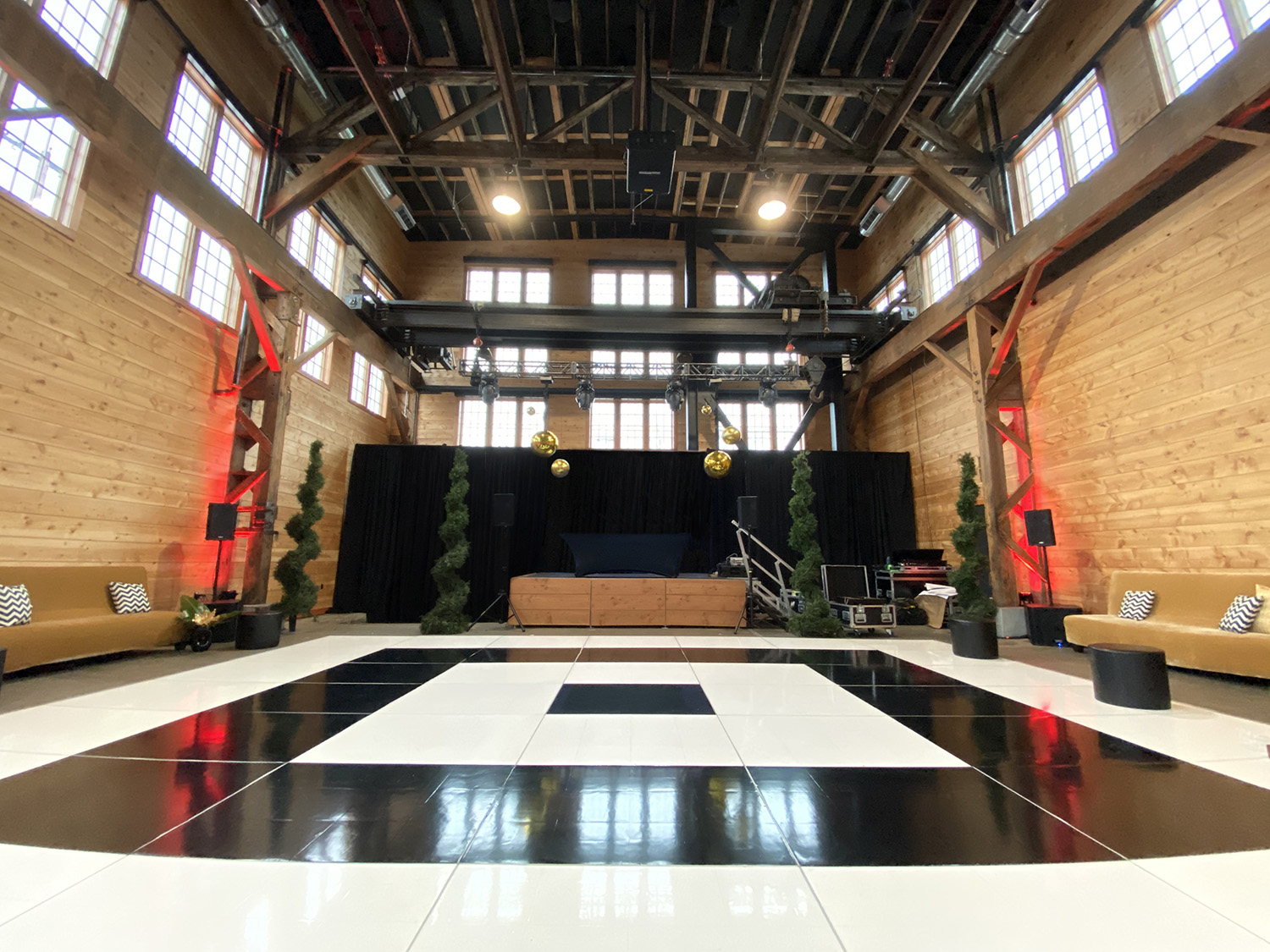Cutting-edge Design Movements Shaping the Future of Engaging LED Performance Surfaces
Cutting-edge Design Movements Shaping the Future of Engaging LED Performance Surfaces
Blog Article
Interactive light-emitting diode dancing floors are progressively favored in multiple entertainment locations, such as nightclubs, concerts, and gatherings. These floors use cutting-edge tech to create vibrant light displays that respond to sound and movement. As innovation keeps to evolve, several creative design trends are influencing the future of these interactive dancing surfaces. These trends not just enhance the visual encounter but also boost participant engagement and create a more engaging environment for dancers and spectators alike.
One significant pattern in responsive LED dance surfaces is the integration of intelligent technology. Many recent designs feature sensors that identify movement and modify the illumination accordingly. This implies that the floor can change hues, patterns, and visuals based on how many individuals are dancing and their location they are located. This reactivity fosters a dynamic setting that promotes involvement and enthusiasm. Additionally, some designs enable users to manage the lighting through smartphone apps, providing them the power to tailor their experience in the moment.
Another important pattern is the use of eco-friendly materials and power-saving technology. As ecological concerns increase, many designers are concentrating on creating light-emitting diode dance surfaces that are not only visually impressive but also eco-friendly. This comprises utilizing recycled resources for the floor's building and implementing energy-saving light-emitting diode lights. These advancements assist reduce the environmental footprint of events while still providing a mesmerizing visual encounter. By prioritizing eco-friendliness, designers are appealing to a more ecologically conscious audience.
The integration of enhanced reality (AR) is also changing the interactive dance surface experience. AR tech enables users to view virtual images and visuals overlaid on the real environment through their smartphones or AR glasses. This can improve the dance floor encounter by adding virtual components that interact with the physical environment. For example, dancers might witness animated characters or graphic effects that react to their actions, creating a distinctive and captivating atmosphere. This pattern is particularly attractive to younger audiences who are familiar to digital engagements in their daily activities.
Furthermore, the styling of responsive LED dancing floors is becoming more flexible and adaptable. Many new designs can be easily set up in different settings, from temporary gatherings to permanent installations. This adaptability enables venues to create tailored experiences that cater to various concepts and audiences. Some designs even include interchangeable components that can be rearranged to form varied shapes and arrangements. This adaptability not only enhances the visual attractiveness their explanation but also enables for creative expression in gathering organization.
In conclusion, the future of interactive light-emitting diode dancing surfaces is being shaped by creative styling trends that focus on innovation, eco-friendliness, augmented reality, and versatility. These developments are producing more engaging and immersive experiences for participants, making dance surfaces a key element of recreational locations. As these trends continue to evolve, they will probably reshape how individuals engage with music and movement, ensuring that responsive light-emitting diode dance floors remain a popular option for gatherings and festivities.